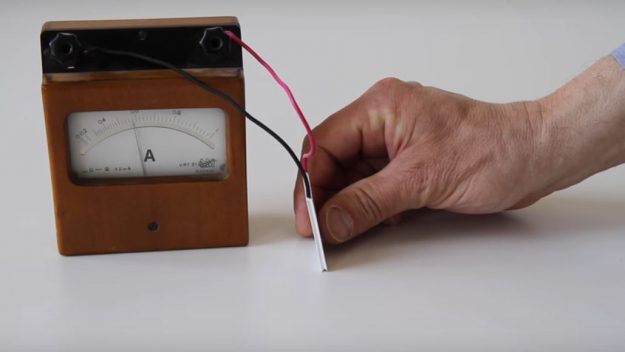
Where there’s heat, there’s energy. In systems like automobile engines, a lot of heat escapes – so one area of research in which KTH is involved is thermoelectric generation, or the process of converting heat into electricity. Researchers here have worked on a prototype generator for Scania trucks, for example. But vehicles aren’t the only things where we can get thermoelectricity. Researchgate News Editor Katherine Lindemann just did an interview with KTH Professor Muhammet Toprak, who explains some of the possibilities and why it’s so important to find the right materials for generators.
Thermoelectric generation isn’t just about tapping into engine heat, Toprak tells Researchgate:
“About two thirds of the energy from gasoline used in cars and trucks is also wasted heat. One of the most important applications for thermoelectric generators is reducing the carbon footprint of transport by using the waste heat from the exhaust pipe to generate power. There are even attempts to use the heat from brakes for power generation. This power then can be used to charge the vehicle’s battery, or run electric windows, air conditioning, etc. to improve fuel economy.
“In one project, we are planning to integrate the thermoelectric generators into factory chimneys where very hot steam is released into the atmosphere. This will be an interesting large-scale project to demonstrate the impact that’s possible with this technology.”
But he says thermoelectric generation requires better electrical and thermal contacts if it’s going to go anywhere:
“The large temperature gradient across the device puts mechanical stress on the contact points. Because of this, high-grade heat is usually cooled down before it can be harvested, meaning the highly energetic waste heat is still not used at its full potential.”
On the whole, Toprak’s prognosis for the future is bright:
“In terms of fabrication and processing, we can’t limit ourselves to conventional approaches. The way the material is fabricated and processed has an immense effect on its final performance. This means that even slight chemical modifications of the materials require extensive testing to identify the best processing conditions. This is time-demanding research, and it would not be appropriate to expect miracles in a short time. But the future of the technology is promising.”
Here’s a short video about thermoelectric generation …
David Callahan

“…heat can be converted into energy”
Really bad title for a technology blog.
Does the writer understand basic science? Heat is a from of energy!
Good catch. In the interest of brevity (and not repeating the same headline as the referenced blogger) headlines sometimes wind up being dumb. Usable energy would be more like it. Or how about just electricity.